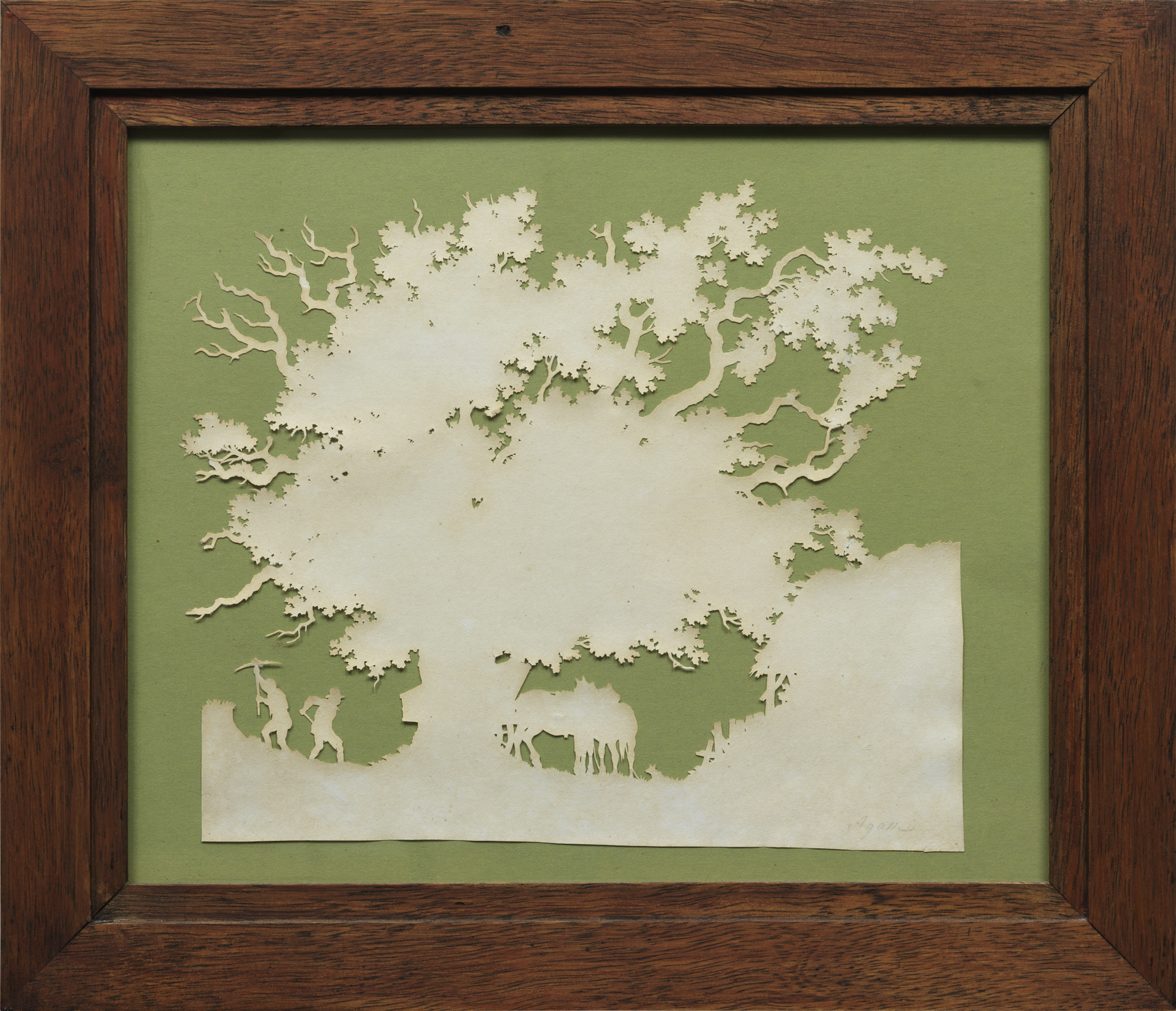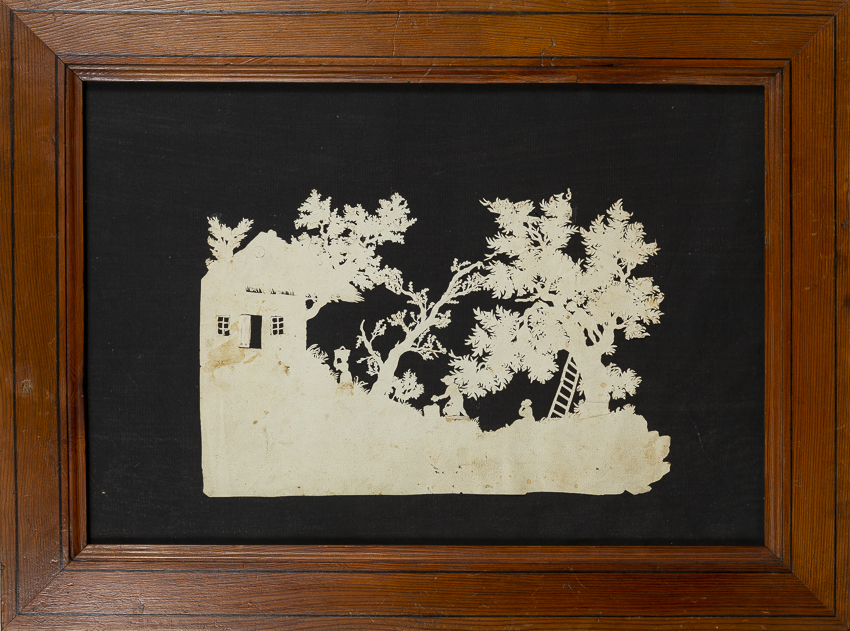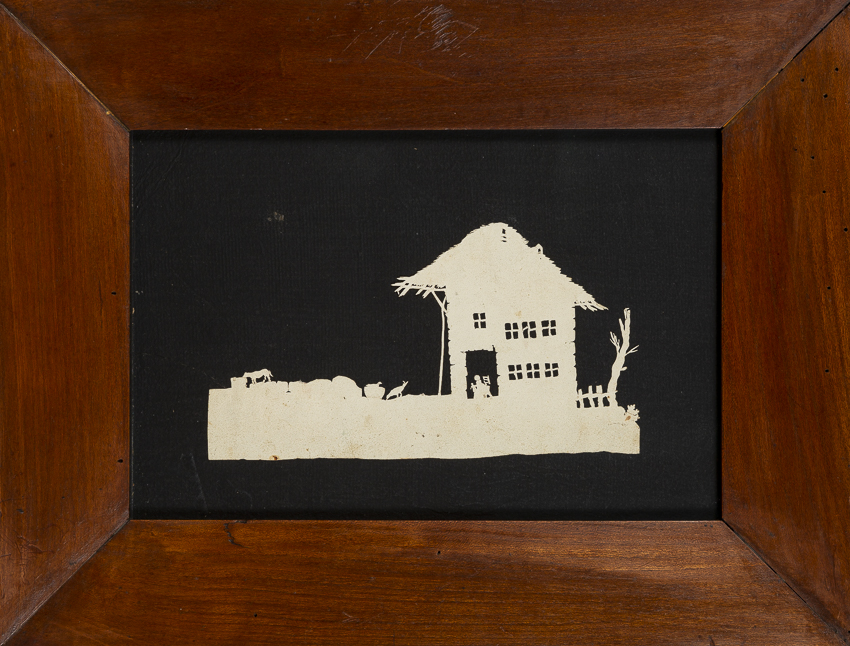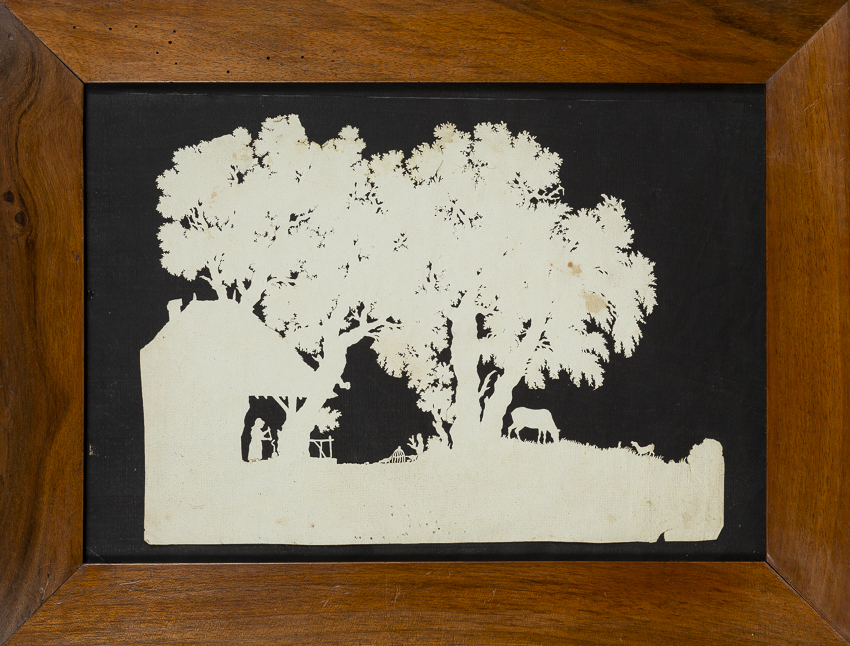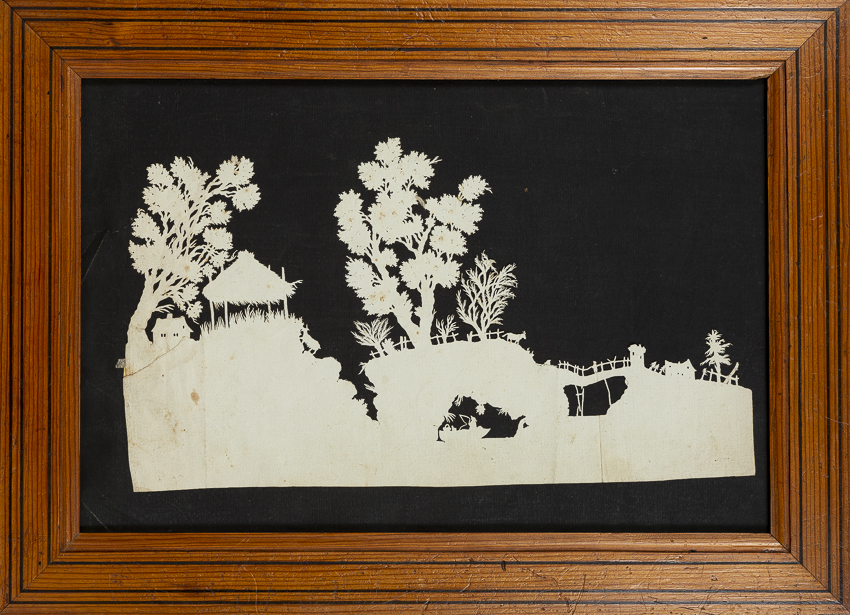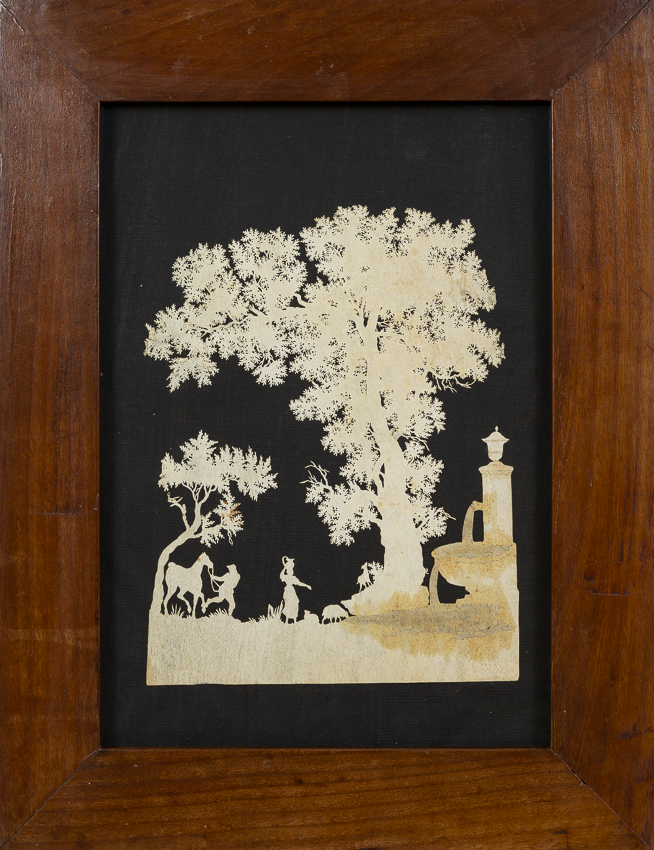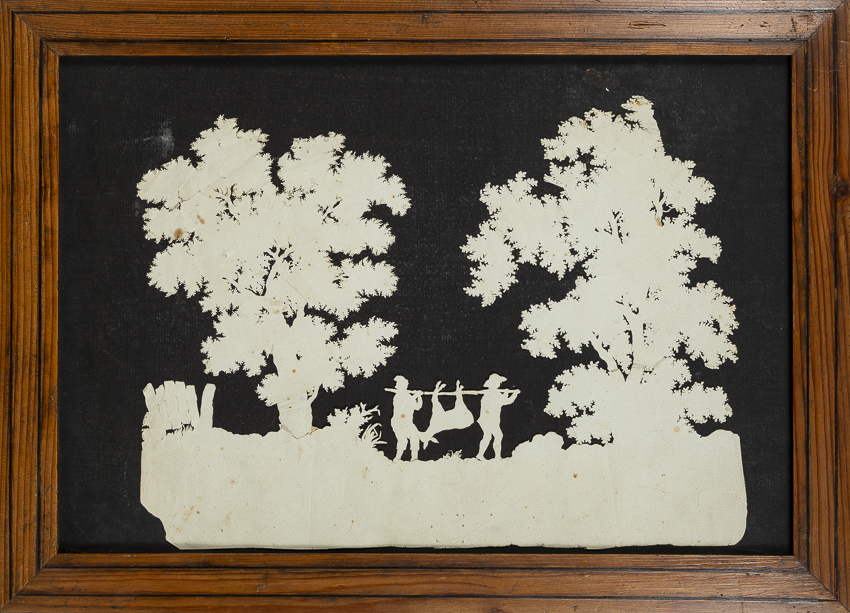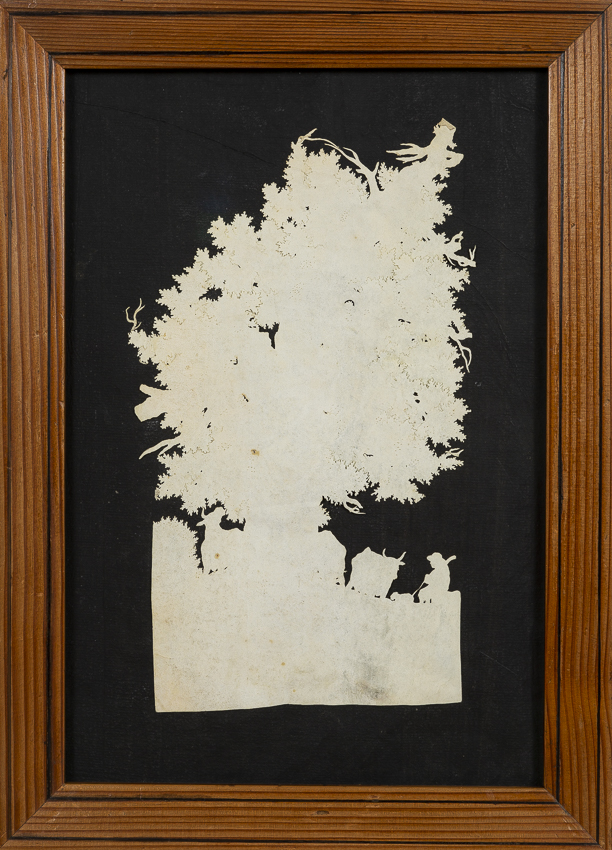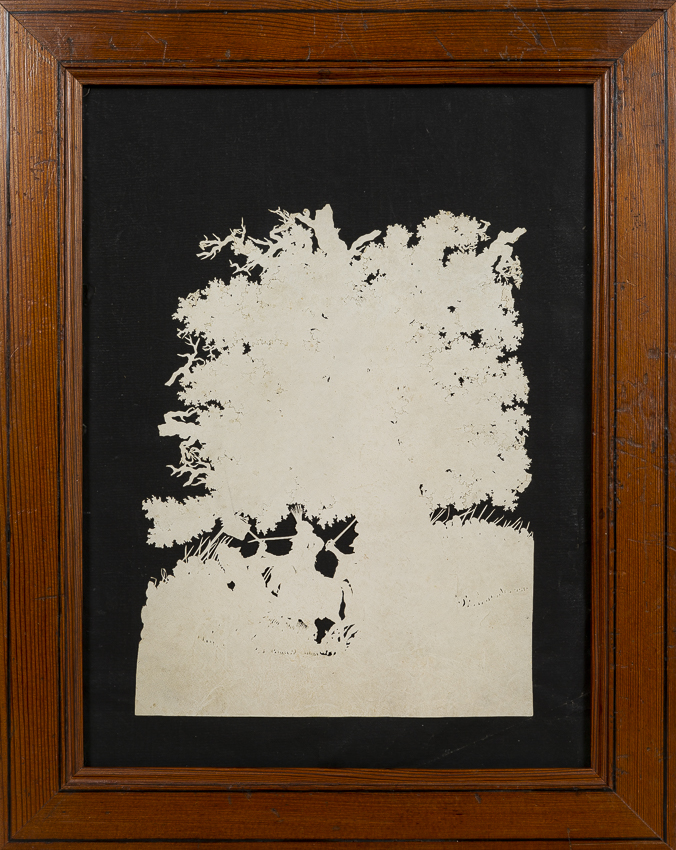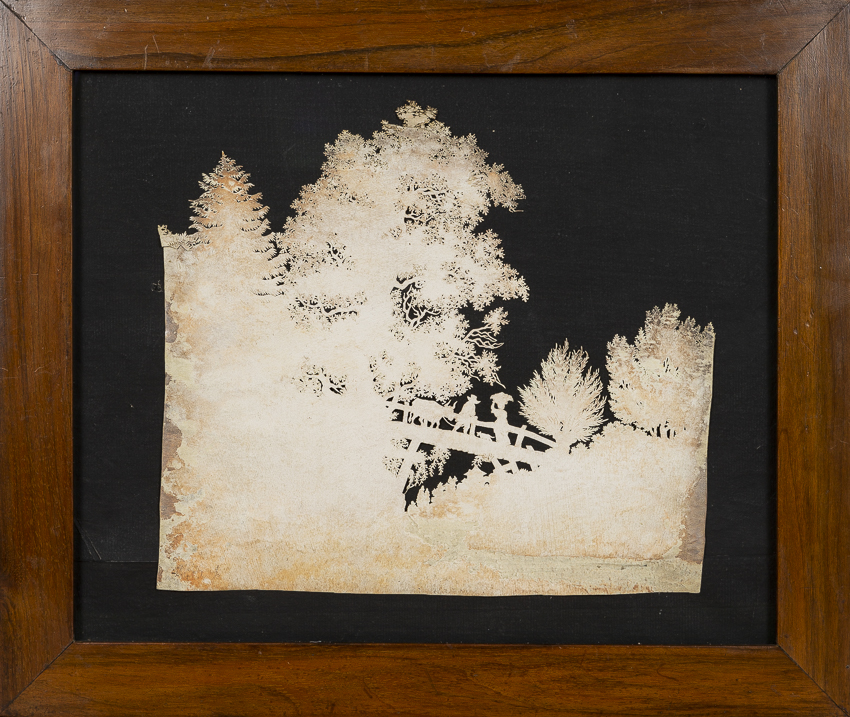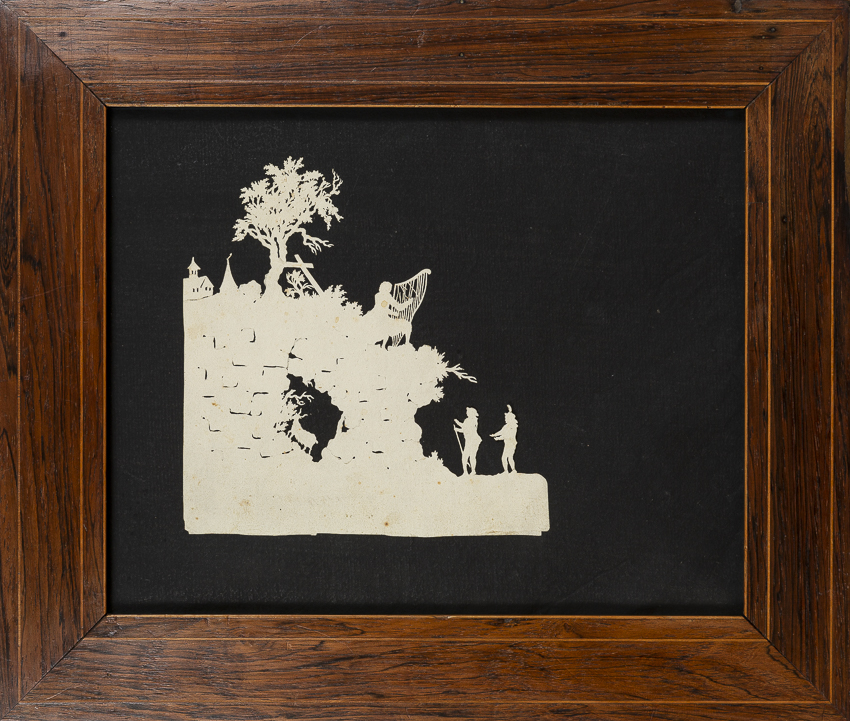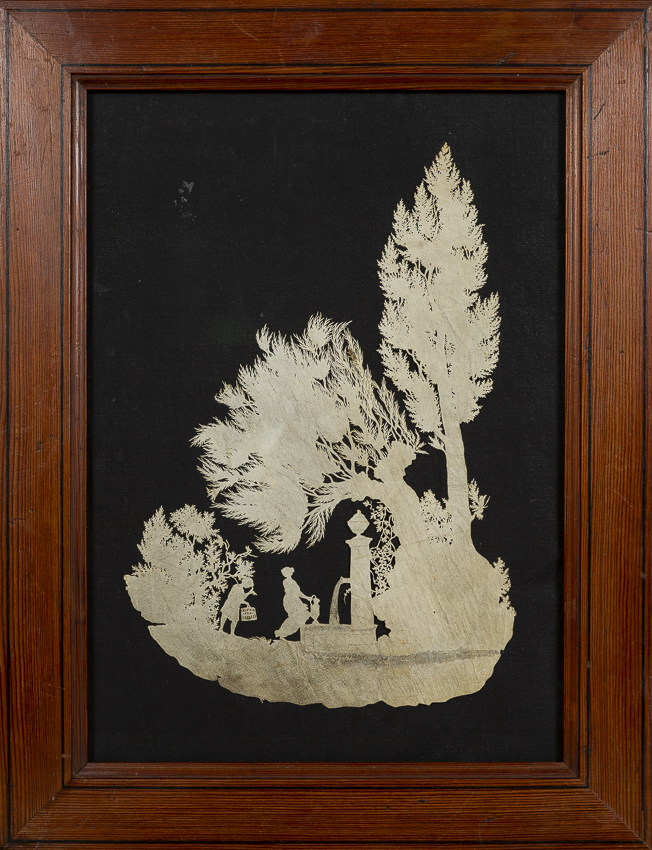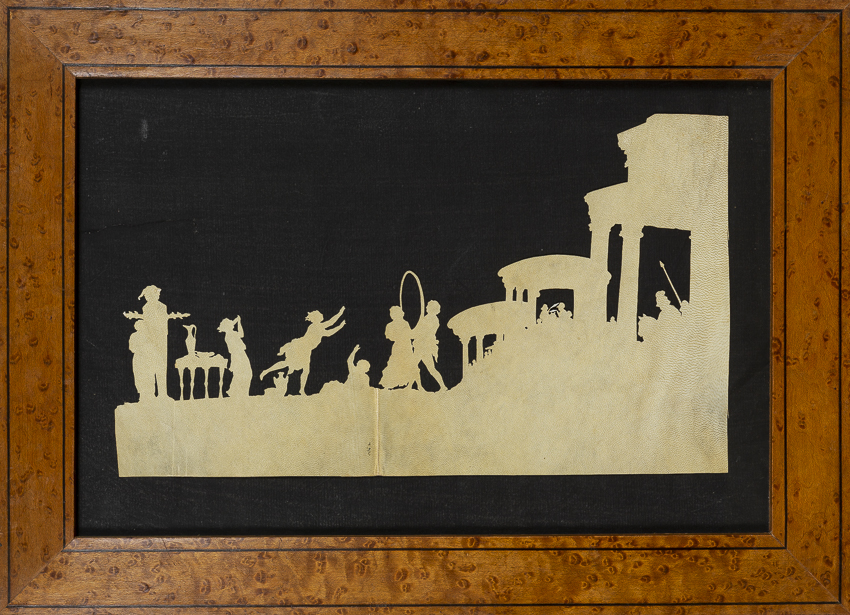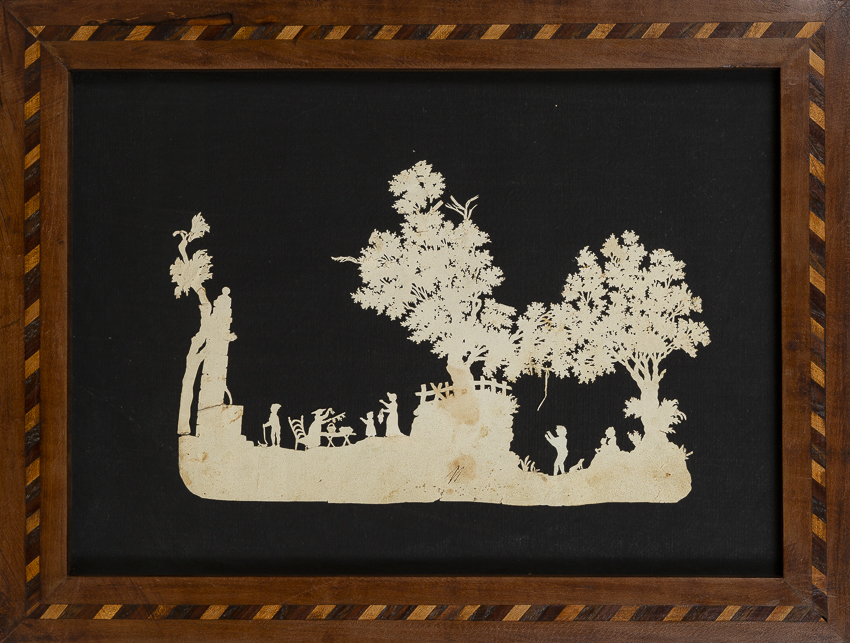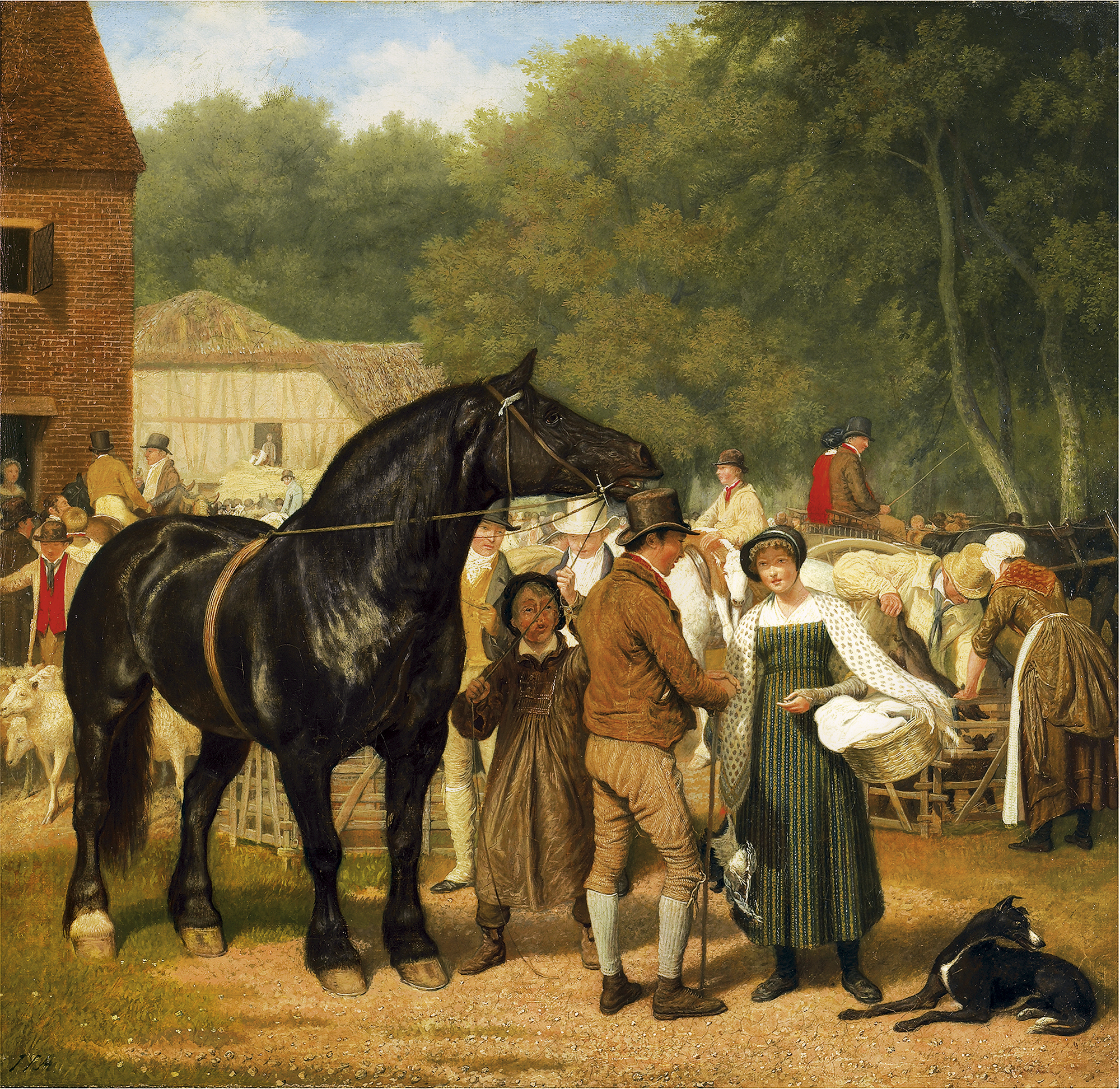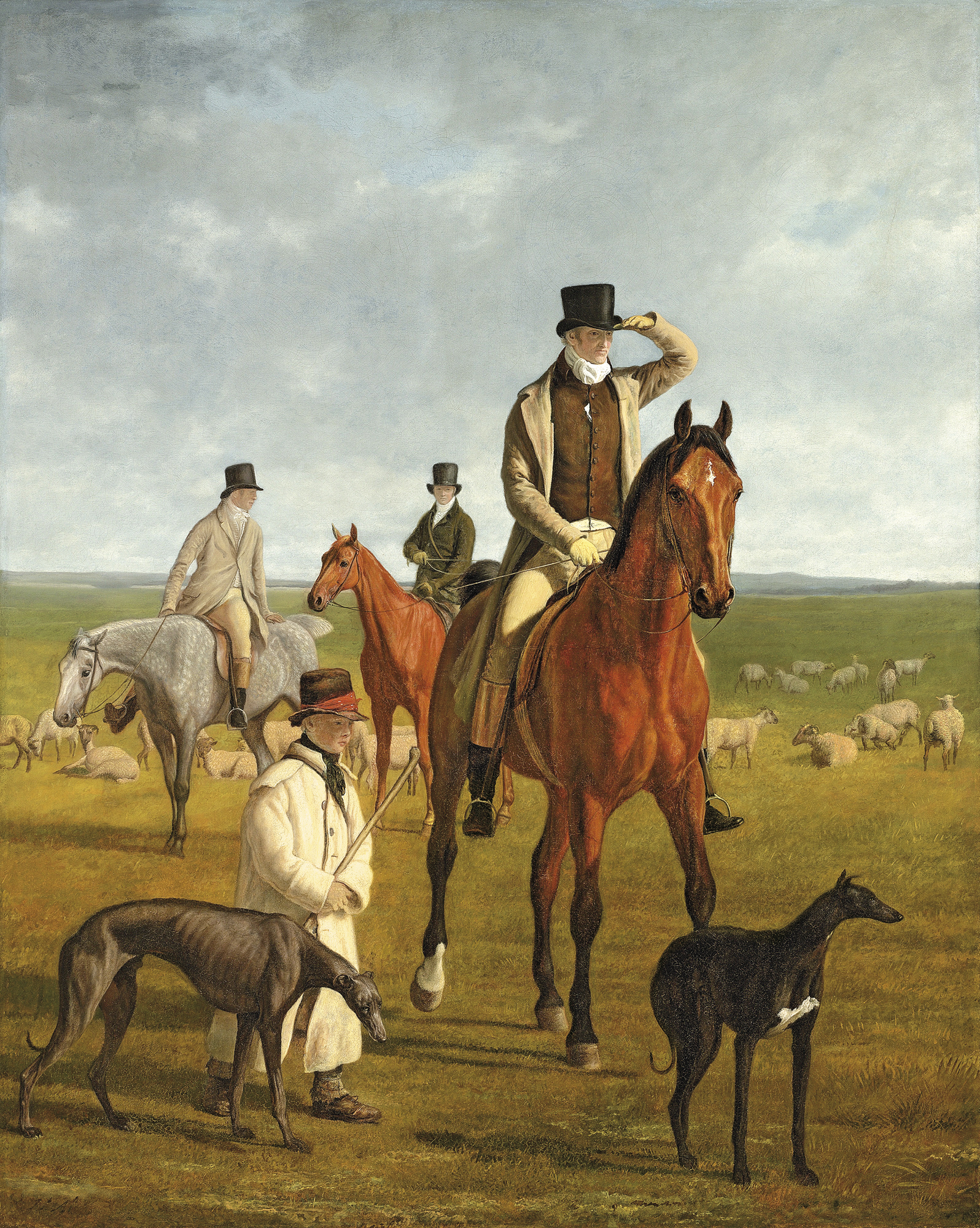A genre and animal painter and portraitist, Jacques-Laurent Agasse is born in Geneva in 1767. He studies at the Calabri School of Drawing in his native city, before continuing his training in Paris at the studio of Jacques-Louis David. Without becoming a devotee of the history painting advocated by the French master, Agasse does acquire at David’s side a solid grounding in academic drawing that will leave its stamp on all of his work.
The French Revolution forces him to return to Geneva and subsequent political events there spell ruin for his family. He is obliged to flee to Lausanne and must from that day on earn his living by practicing his art. A friend of Firmin Massot and Wolfgang-Adam Töpffer, he often works with these fellow artists to produce canvases in which each brings his abilities to bear, with Töpffer taking care of the landscape, Massot the human figures, and Agasse the animals.
In 1800, with the support of Lord Rivers, whom Agasse had met several years earlier in Geneva, the artist settles in London as a painter of the horses and dogs of rich landowners. Over five hundred canvases signed Jacques-Laurent Agasse are eventually done on British soil. In his new surroundings Agasse works in larger formats than before and gains greater assurance in his compositions. With special attention paid to draughtsmanship, he proves quite adept at bringing out the elegance of his animal subjects, the result of his sound grasp of science and anatomy. In 1827-28, he is notably commissioned by George IV to paint the animals of the royal menagerie. Until 1845 Agasse regularly exhibits at the Royal Academy of London; it is a presence that stretches back four decades.
The French Revolution forces him to return to Geneva and subsequent political events there spell ruin for his family. He is obliged to flee to Lausanne and must from that day on earn his living by practicing his art. A friend of Firmin Massot and Wolfgang-Adam Töpffer, he often works with these fellow artists to produce canvases in which each brings his abilities to bear, with Töpffer taking care of the landscape, Massot the human figures, and Agasse the animals.
In 1800, with the support of Lord Rivers, whom Agasse had met several years earlier in Geneva, the artist settles in London as a painter of the horses and dogs of rich landowners. Over five hundred canvases signed Jacques-Laurent Agasse are eventually done on British soil. In his new surroundings Agasse works in larger formats than before and gains greater assurance in his compositions. With special attention paid to draughtsmanship, he proves quite adept at bringing out the elegance of his animal subjects, the result of his sound grasp of science and anatomy. In 1827-28, he is notably commissioned by George IV to paint the animals of the royal menagerie. Until 1845 Agasse regularly exhibits at the Royal Academy of London; it is a presence that stretches back four decades.
